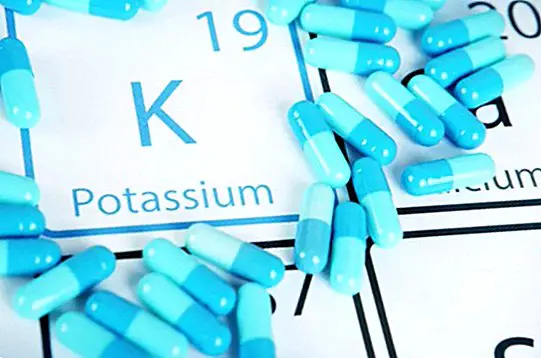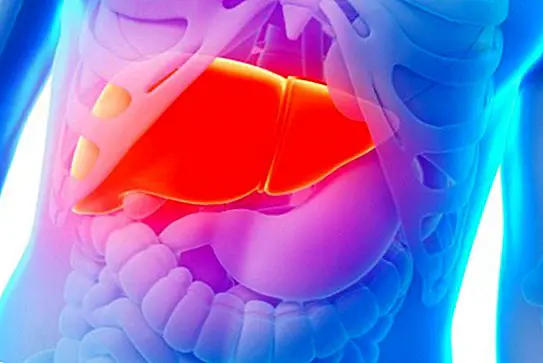Non-essential amino acids
 With the diet that we follow every day, we contribute to our organism the essential nutrients that it needs to function properly, and to be able to enjoy more of good health. Highlights in this regard vitamins and minerals, carbohydrates, fats and proteins.
With the diet that we follow every day, we contribute to our organism the essential nutrients that it needs to function properly, and to be able to enjoy more of good health. Highlights in this regard vitamins and minerals, carbohydrates, fats and proteins.
Within proteins we must also highlight the amino acids. They are chemical units that form proteins, so that the different protein substances built from them form the organs, muscles, tendons, glands, hair and nails. Hence, we can assimilate amino acids as if they were "building blocks".
They are essential nutrients essential for our organism, since they participate and act in a really active way in a very large diversity of functions.
Depending on whether or not our organism is capable of synthesizing them by itself, they differ in essential amino acids Y non-essential amino acids.
What are non-essential amino acids?
Unlike essential amino acids, non-essential amino acids are those that our body is able to synthesize by itself, so that we find them in different amounts in a natural way in our body.
We can also contribute to our body through diet, and in many cases need other amino acids and nutrients to function properly.
What are the non-essential amino acids?
Arginine
It is an amino acid that helps in the detoxification of the liver, increases the sperm count naturally (hence it is widely used in the treatment of male sterility), facilitates the increase of muscle mass, reduces body fat and helps in tissue repair.
Aspartic acid
It helps in the function of DNA and RNA, increases resistance, participates in the formation of cells and in the metabolism itself, and is used in the treatment of depression and chronic fatigue.
Cysteine
It helps in the natural process of our body to eliminate harmful toxins. Protects the liver and brain from damage caused by harmful substances, and promotes recovery in case of surgery or fat burns, and helps in the burning of fats.
Glutamic acid
It acts as a neurotransmitter that excites the central nervous system, the spinal cord and the brain. It acts as fuel, especially for the brain, and aids in the transport of potassium in the cerebrospinal fluid.
Glutamine
It is one of the most abundant amino acids in the muscles, helping to build and maintain muscle tissue, and also prevents muscle wasting.
Glycine
Improves glycogen storage, and slows muscle degeneration as a result of aging. In addition, it helps improve the immune system, and repairs damaged tissues.
Ornithine
It helps the metabolism of fats, in the regeneration of the liver and in enjoying a better immune system. In addition, it stimulates the secretion of insulin and helps to request the release of growth hormones.
Proline
It helps the production of collagen and is useful in strengthening the joints, the muscles of the heart and the tendons. Acts together with vitamin C to maintain healthy connective tissues.
Serina
It is essential for the correct metabolism of fats and for the growth of muscles. It also helps to enjoy a good immune system, and is essential for the formation of cells, the production of antibodies and immunoglobulins, and for the functioning of DNA and RNA.
Taurine
It is one of the most known non-essential amino acids. Strengthens the heart muscle, prevents macular degeneration and improves vision.
Tyrosine
It helps regulate mood by being a precursor of dopamine and adrenaline. In addition, it stimulates the nervous system by elevating the mood, and also the metabolism.
Where to find non-essential amino acids?
Although we can find non-essential amino acids in our body, we can also provide it through diet, opting for protein-rich foods. Highlights:
- Food of animal origin: milk and dairy products (yogurt, cheese, butter ...), eggs, fish and meat.
- Plant-based foods: cereals, legumes, vegetables, seeds and nuts.
How to contribute non-essential amino acids to our organism?
Non-essential amino acids can be added to our body by following a varied, balanced and above all healthy diet.
Image | Chuck.falzone This article is published for informational purposes only. You can not and should not replace the consultation with a Nutritionist. We advise you to consult your trusted Nutritionist. ThemesAmino acids



